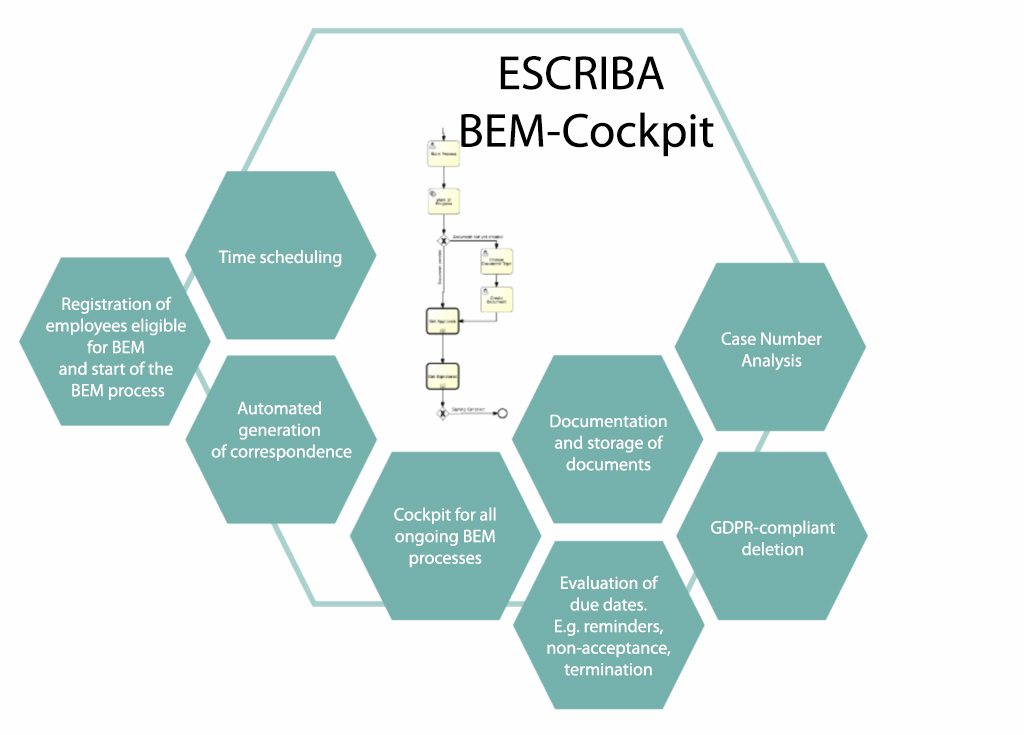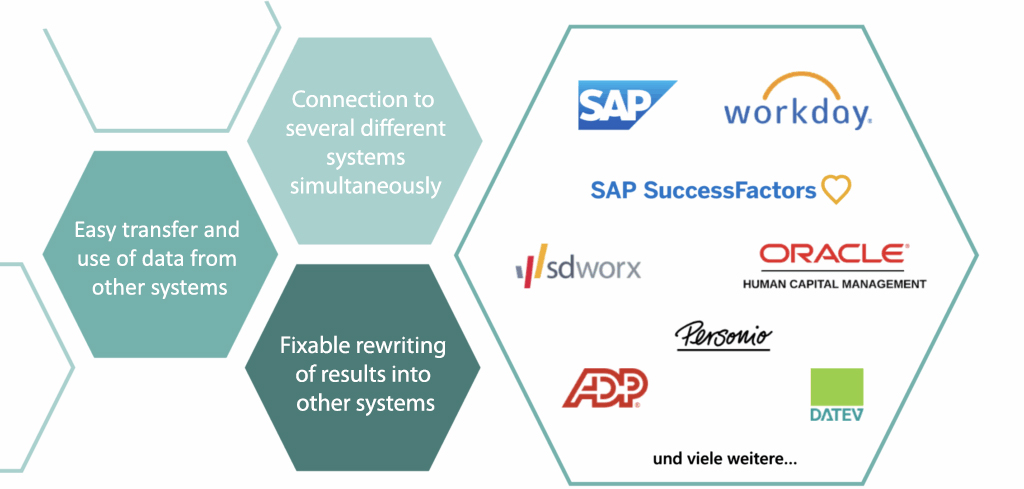Since 2004, employers have been required under Section 167(2) of SGB IX to initiate a structured procedure if employees are absent for more than six weeks within a year due to illness.
But the BEM procedure is more than just a legal obligation. When implemented correctly, it is a strategic tool for employee retention, health promotion, and risk minimization. However, the challenge often lies in its practical implementation: How can you ensure that all processes are documented in a legally compliant manner, deadlines are met, stakeholders are involved, and sensitive data is protected?
The answer lies in the digitization of the BEM process. This means replacing analog administrative processes with system-supported, automated, and user-friendly solutions. Modern BEM software such as the BEM Center from ESCRIBA creates new ways to increase efficiency, transparency, and legal certainty in a company’s health management.
Overview
- When is a case considered a BEM case?
- What needs to be considered in the BEM process?
- The heart of the process—the BEM meeting
- The challenges of the BEM process
- How can workplace integration management be digitized?
- ESCRIBA BEM Center significantly simplifies the process
- How to analyze and adapt measures
- Benefits of the ESCRIBA BEM Center at a glance
When is a case considered a BEM case?
A BEM case exists when an employee has been unable to work for more than six weeks continuously or repeatedly within a period of twelve months. In larger organizations, this affects an average of about three to five percent of the workforce. The reasons for this are manifold: physical illness, mental stress, chronic conditions, or accident-related absences.
It is crucial for employers to identify such cases at an early stage and to initiate an appropriate BEM procedure in a structured manner. However, manual recording and management of such cases – for example, using Excel lists, emails, or calendars – is prone to errors, confusing, and questionable in terms of data protection law.
It is therefore worthwhile to control and manage this process in a system-supported and automated manner. The BEM Center from ESCRIBA, for example, is an ideal solution for this purpose, either as a standalone application or as part of the HR Service Manager.
What needs to be considered in the BEM process?
What needs to be considered in the BEM process?
A workplace integration management (BEM) process must be carried out in a structured manner and documented. Participation by employees is voluntary, and non-participation must not have any negative impact on their employment relationship. Nevertheless, refusal to participate must also be documented, as it may play a role in a labor law dispute.
However, implementing workplace integration management is not just a tiresome obligation for employers; it also brings economic benefits. Rapid and sustainable reintegration, the prevention of further illness, and the long-term maintenance of employees’ ability to work represent a wise investment, especially in times of skilled labor shortages.
The heart of the process – the BEM meeting
The BEM meeting is the central component of every BEM case. It offers the opportunity to analyze causes and develop reintegration measures together with the sick person, with the involvement of the company doctor, human resources department, manager, or works council, as appropriate.
It is important to note that participation is voluntary. The invitation should be respectful, solution-oriented, and transparent. A modern BEM solution supports this process by automatically generating legally compliant invitation letters, documenting alternative communication channels (e.g., telephone invitations), and coordinating appointments.
If the meeting is declined, this must be documented in accordance with data protection regulations. This is much easier to do with digital BEM software and is also more audit-proof than manual file management.
The challenges of the BEM process
Coordinating and implementing workplace integration management (BEM) is a complex challenge for BEM officers. In large companies in particular, they have to keep track of a large number of BEM cases, each with different start and progress dates. This includes sending out invitation letters and maintaining ongoing communication with the individuals concerned. All of this must be documented and archived. In addition, there is the coordination of appointments and the involvement of various participants and responsible parties. Despite these routine activities and formal processes, individual and human support also plays an important role.
In many organizations, the classic implementation of BEM is still paper-based or carried out using distributed, non-integrated tools. This leads to a number of problems:
- Confusion as the number of cases increases
- Data loss or incorrect filing
- Poor communication between those involved
- Missed deadlines and legal risks
- Lack of evaluation options
All these challenges can be overcome by using modern BEM tools.
Digital solutions such as the ESCRIBA BEM Center offer a central case file with all relevant information, a process logic for deadline control, and automatic reminders so that those responsible do not overlook any steps in the procedure. This is indispensable, especially when dealing with a large number of parallel cases. With the ESCRIBA BEM Center, routine activities in the BEM process are efficiently digitized and automated. This leaves BEM officers more time for personal support.

How can workplace integration management be digitised?
The identification of BEM cases can already be carried out automatically by evaluating absence data from the core HR system or time recording. Once the data has been recorded, the BEM center takes over control and administration. The HR business partner or BEM representative is presented with the new case and tasked with suggesting that the employee participate in workplace integration. The representative can use an automatically generated invitation letter for this purpose. Of course, an invitation by telephone is also possible – or in combination with a letter. In any case, documentation at a central location, e.g., in a BEM case file, is required by law.
ESCRIBA BEM Center significantly simplifies the process
The BEM Center from ESCRIBA is an ideal tool for digitizing workplace integration management. It can be used as a stand-alone solution or as a module of the “HR Service Manager”. The solution is scalable – from medium-sized companies with 200 employees to corporations with several thousand employees. Several HR systems can also be connected at the same time. This is how the BEM process can be digitized step by step:
Once participation in the measure has been confirmed, the next step is to find a date for the first BEM meeting. Once the date has been set, automatically generated documents help with the agreement and invitation to the meeting. Depending on the company’s organization, other people or departments, such as management, the works council, legal, social support, etc., may also be involved in the process.
By monitoring appointments and resubmitting them, the BEM center ensures that no appointment for inviting, following up, and reviewing is missed, even if dozens or hundreds of BEM procedures have to be handled simultaneously. This is important because the employer must ensure that the meetings take place, agreements are made, and measures are reviewed. All of this should be documented and traceable.
How to analyze and adjust measures
As with any measure, it is important for everyone involved to know whether the measure was successful. If so, the goal has been achieved and everyone is “happy.” The process can be completed. If not, you should try to identify the reason for the lack of success in order to adjust the measure or choose a different one, if necessary. The process starts all over again.
The system-supported implementation and management of BEM cases offer further advantages: The system’s cockpit view provides a constant, up-to-date overview of all ongoing BEM cases, their status, and the next steps. This information can also be evaluated in reports, allowing you to see at a glance, for example, how the number or duration of BEM cases has developed over the years, either company-wide or in specific departments.
And don’t forget: this data may also need to be deleted at some point. With system-supported management, GDPR-compliant deletion is much easier to implement than is ever possible with the usual manual methods such as Outlook calendars, Excel lists, file storage, and email communication.

Benefits of the ESCRIBA BEM Center at a glance
- Flexible transfer or use of data from other systems (e.g., SAP, Workday, Oracle, etc.)
- Simultaneous connection of several different systems
- Results can be written back to connected systems
- Registration of BEM-eligible employees and start of the BEM process
- Scheduling
- Automated creation of correspondence between the HR department and the employee
- Cockpit for all ongoing BEM processes
- Process documentation and document storage
- Evaluation of due dates, e.g., reminders, non-acceptance, termination
- Analysis and evaluation of BEM cases
- GDPR-compliant deletion of data after completion of the process
Follow ESCRIBA on LinkedIn to stay up to date.





